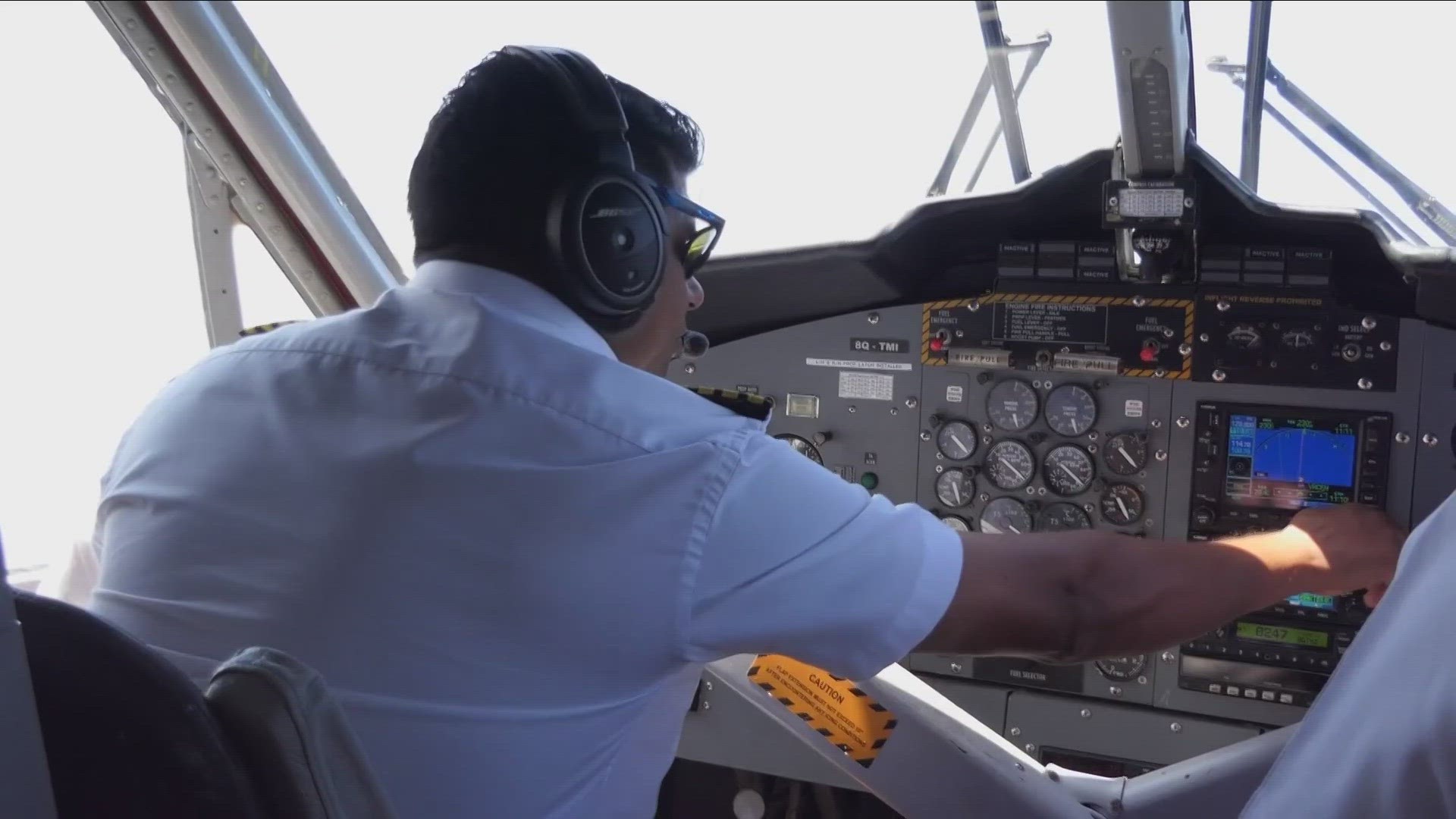CLARENCE CENTER, N.Y. — As expected, local members of the Flight 3407 families group were in Washington again Wednesday as they pushed to preserve flight safety rules which were approved after the Clarence Center Colgan Air crash.
In the Congressional hearing, members were reviewing some of those rules.
Decked in red clothing on DC's Capitol Hill, the Flight 3407 families group were again front and center as members of the House Transportation and Infrastructure Committee discussed the Federal Aviation Administration reauthorization measure and the agency's flight safety rules.
That includes a requirement for right seat first officers or co-pilots to have 1,500 hours of flight experience. The family group feels some smaller regional airlines are trying to circumvent that rule.
The current FAA authorization expires in September.
A regional carrier group says with surging air travel demand, there is a pilot shortage as their pilots move up to replace more retiring major airline pilots. Others were forced out in the pandemic slowdown.
Faye Malarkey Black, president of the Regional Airline Association, told the committee: "Over-reliance on hours has introduced risks, and we are compensating with remedial training. We have not asked to change the rule."
It was pointed out that some pilots are using aeronautical college programs to pick up credit to flight hours and former military pilots can be qualified with 750 hours of flight time. There was also discussion of simulators for pilot training.
Missouri Republican Representative Sam Graves, who is the overall Chairman of the committee and also a private pilot, questions the quality of those 1,500 flight hours and the zero fatal crash record since the 1,500-hour rule took effect. He referenced the Clarence crash.
"And then we come to Colgan," Graves said. "The captain responded incorrectly to a stall warning that led to the loss of the airplane. Both crew members had well in excess of 1,500 hours. The captain had 3,379 hours, and the first officer had 2,244 hours. It had nothing to do with the 1,500-hour flight rule "
Graves says some flight hours for that total may be in small single-engine planes in good flying weather without all around weather conditions.
He added: "If you go back and look at the accidents prior to 2010, not one single one had anything to do with the 1,500 hours. We all know what happened in Buffalo, and I agree that the system covered up some problems. That's where we need to focus. We need to focus on what the problem is, not what the problem isn't."
But Congressman Mark DeSaulnier, who also sits on the committee, mentioned the Facebook posting of revered former pilot Chesley Sullenberger of the Miracle of the Hudson incident.
"Quote, airline industry lobbyists and some in Congress are still trying to cut pilot training in half to cheaper and quicker. That is a dumb and dangerous idea with recent shocking airline near misses and close calls. Now is absolutely not the time to cut corners," DeSaulnier said.
Captain Jason Ambrosi, who is President of the Air Line Pilots Association union, was asked to respond to Sullenberger's comments.
"I agree with him 100 percent. Right now we are at the safest point in history but yet we are still seeing some of these incidents. This is the wrong time to consider changing rules, potentially rolling back safety regulations," Ambrosi said.
The U.S. Senate will also hold hearings on the FAA reauthorization with perhaps more discussion of these flight safety rules.

